Factory farming might be hidden behind supermarket packaging and long supply chains, but its environmental footprint is anything but invisible.
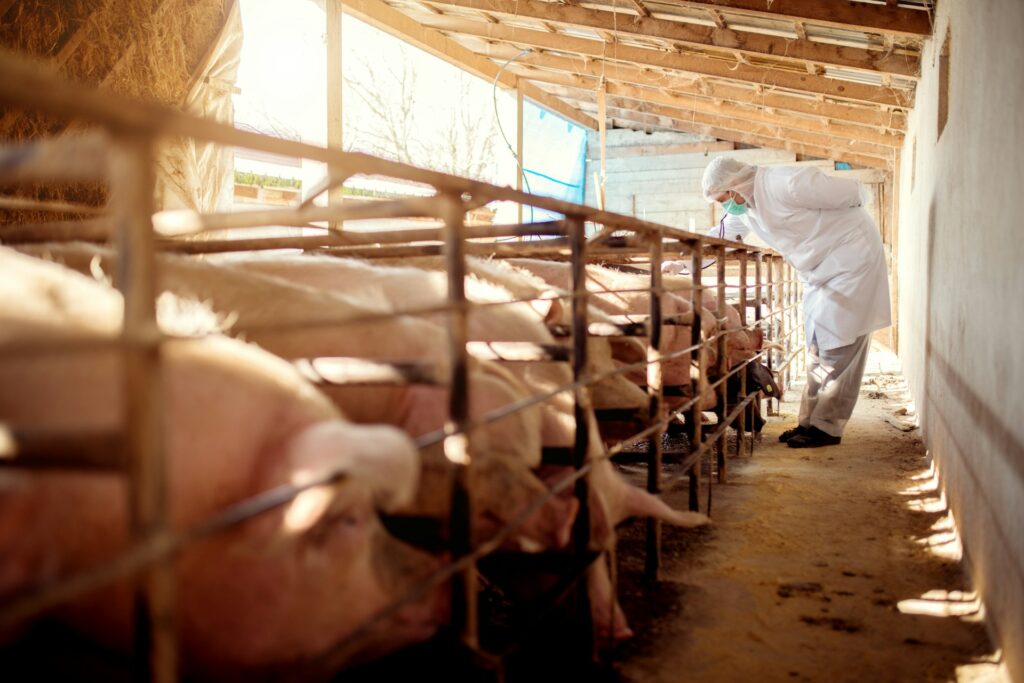
As the dominant system for producing meat, dairy, and eggs in many parts of the world, factory farming has created enormous ecological problems that go far beyond animal welfare. It’s reshaping the planet through deforestation, water pollution, greenhouse gas emissions, biodiversity loss, and resource depletion. What’s worse, it often does so out of sight, with consequences that are dangerously underacknowledged.
This industrial model, designed for maximum output and profit, places immense pressure on natural systems. The consequences are vast, varied, and interconnected, impacting everything from climate stability and water safety to public health and wildlife extinction. Here’s the truth about factory farming and how it’s contributing to some of the most urgent environmental problems we face today.
Factory farming is a major driver of climate change.
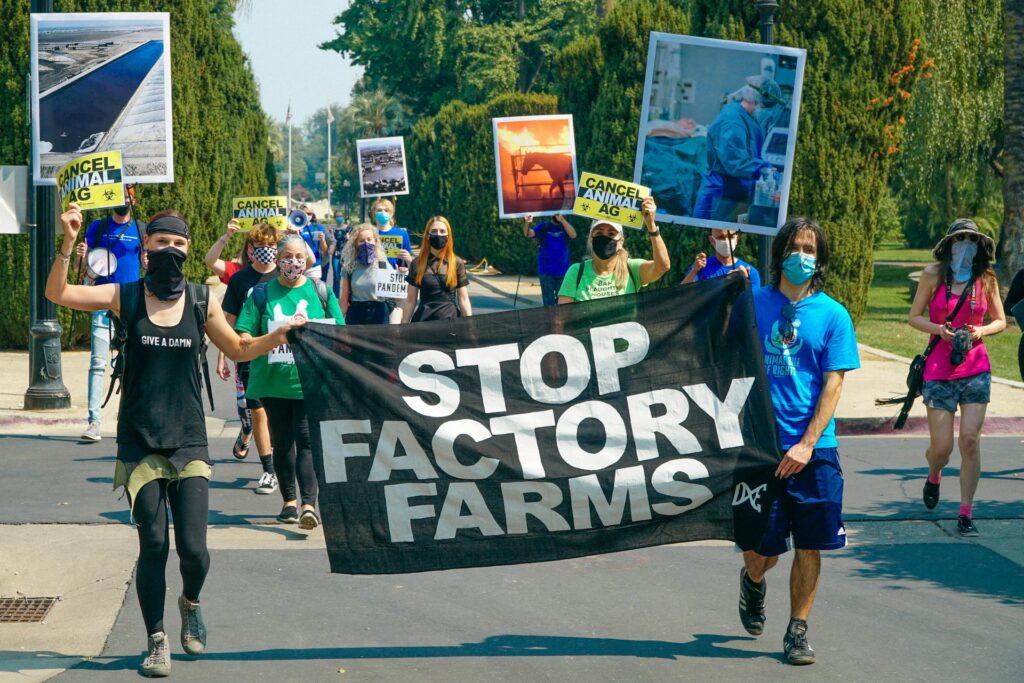
One of the most alarming impacts of factory farming is its contribution to global greenhouse gas emissions. The Food and Agriculture Organization of the United Nations (FAO) estimates that livestock accounts for about 14.5% of all anthropogenic greenhouse gas emissions. This includes methane from digestion in ruminants like cows, nitrous oxide from fertilisers used to grow animal feed, and carbon dioxide released through land-use change and transportation.
Methane is particularly dangerous—it has a global warming potential more than 25 times higher than carbon dioxide over a 100-year period. In concentrated animal feeding operations (CAFOs), methane emissions are amplified due to overcrowded herds and vast waste storage systems. These operations rely on an unsustainable scale of production, often cramming thousands of animals into confined spaces with no access to pasture. The massive output of waste and emissions from these sites makes them key contributors to climate instability.
And because global demand for animal products continues to grow, these emissions are not only persistent but increasing. Countries investing in meat and dairy exports are scaling up factory farms, reinforcing a system that pushes us further from international climate goals.
It’s fuelling deforestation and habitat destruction.
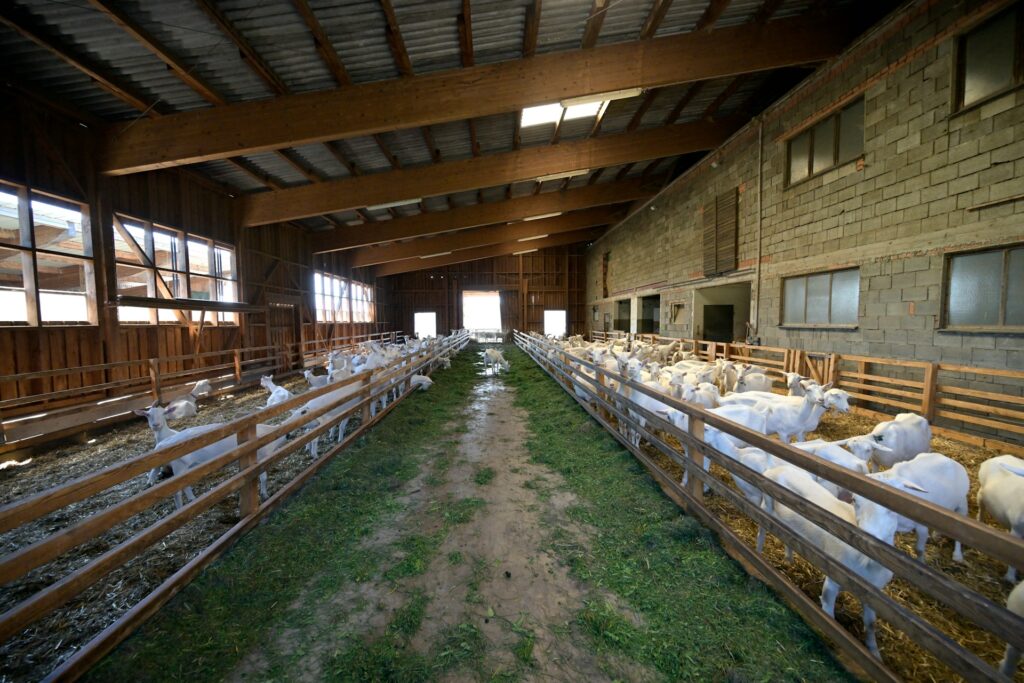
To keep livestock fed, vast tracts of land are cleared every year for monoculture crops like soy and corn. Around 80% of the world’s soy is used for animal feed, not for human consumption. The Amazon rainforest, often dubbed the lungs of the planet, continues to face escalating deforestation, driven largely by cattle ranching and soy production. These ecosystems are some of the richest in biodiversity, and their loss not only threatens local species but weakens the Earth’s ability to regulate its climate.
This destruction is not confined to South America. Across Southeast Asia, Africa, and parts of the US, wetlands, prairies, and ancient woodlands are being lost to industrial agriculture. This fragmentation of ecosystems makes it harder for wildlife to migrate, reproduce, or adapt to changing environments, increasing extinction risks.
It consumes staggering amounts of water and energy.
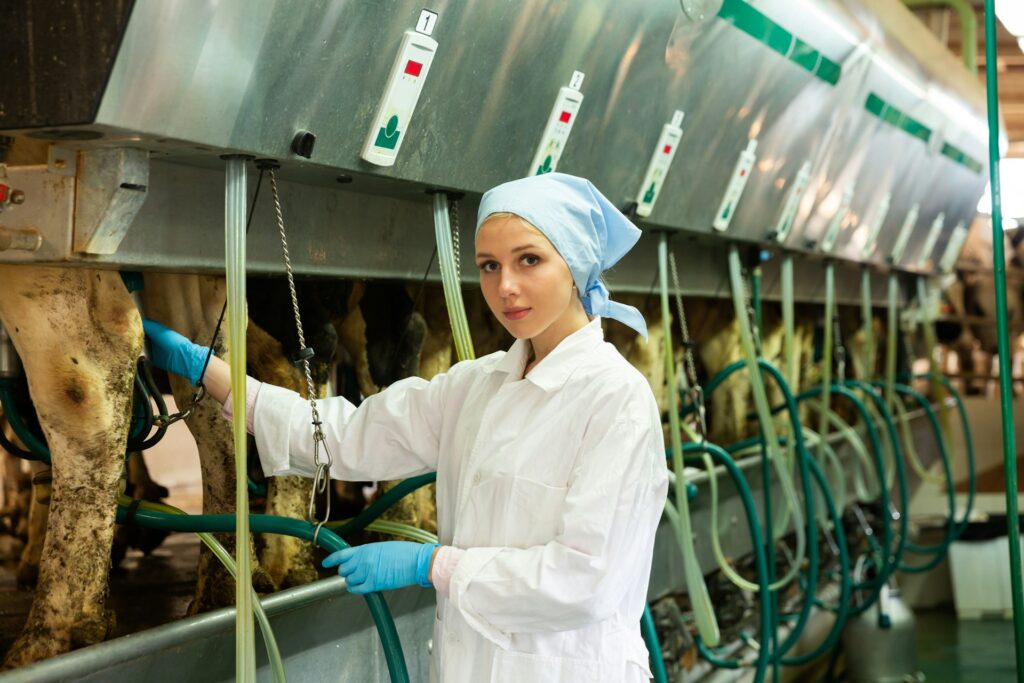
Raising livestock at scale is incredibly resource-hungry. Producing a single kilogram of beef can require up to 15,000 litres of water, according to UNESCO’s Institute for Water Education, factoring in water used to grow feed, hydrate animals, and manage waste. Chickens and pigs, although more efficient in water usage than cattle, still require significant volumes compared to plant-based foods.
The demand for energy is also immense. Heating, lighting, ventilation systems, and cold storage use electricity continuously. Fossil fuels are burned to transport livestock, move feed, and power equipment. The carbon cost of moving animals and products across national and global supply chains adds further to their environmental burden.
Factory farming operates like a machine that can’t slow down, burning through energy, water, and feed while generating waste and emissions that surrounding environments struggle to absorb.
Pollution from factory farm waste is widespread.

Animal waste in factory farms is produced on a scale that’s difficult to comprehend. Unlike traditional farms, where manure is typically used as fertiliser on nearby crops, industrial operations generate far more waste than can be absorbed locally. The result? Open-air lagoons brimming with slurry, and massive quantities of manure sprayed onto fields regardless of whether crops need it.
This leads to runoff that contaminates nearby rivers, lakes, and groundwater. Nutrient pollution, particularly from nitrogen and phosphorus, contributes to algal blooms and hypoxic dead zones in water bodies, where oxygen levels are too low to support life. These dead zones are growing in number and size; the Gulf of Mexico now experiences one of the largest annually recurring examples, largely linked to upstream agricultural runoff.
It doesn’t stop at environmental damage. People living near factory farms often face serious health risks, including increased rates of asthma, headaches, and gastrointestinal illnesses. The air around CAFOs is thick with ammonia, hydrogen sulfide, and particulate matter, which is particularly dangerous to children and the elderly. These operations are frequently located in poorer or rural areas, raising serious questions about environmental justice.
It drives biodiversity loss on a global scale.

The environmental cost of factory farming isn’t limited to emissions and waste—it also includes the collapse of ecosystems. As forests and grasslands are cleared to make way for crops and livestock, species are displaced or driven to extinction. The destruction of pollinator habitats, amphibian breeding grounds, and wildlife corridors all reduces the planet’s ability to sustain life.
Chemical inputs like pesticides and herbicides used on feed crops further harm non-target species. Insects, which are crucial for pollination and as food sources for birds and mammals, are particularly hard hit. As their populations decline, the ripple effects travel up the food chain, weakening entire ecosystems.
According to the IPBES Global Assessment, factory farming and intensive agriculture are among the primary drivers of biodiversity loss, which now threatens more than one million species with extinction. Many of these species play crucial roles in pest control, seed dispersal, and maintaining healthy soils.
Antibiotic overuse is fuelling a global health crisis.
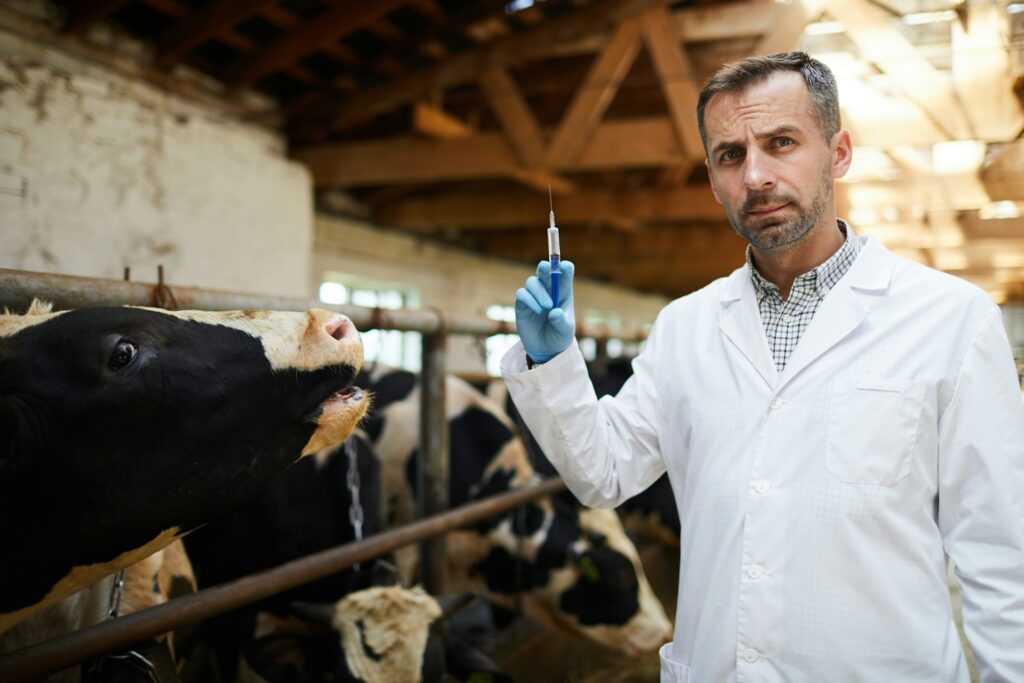
Factory farms routinely use antibiotics to prevent disease and promote growth in animals that are kept in stressful, overcrowded conditions. The result? The rise of antibiotic-resistant bacteria that pose a serious threat to human health. According to the World Health Organization (WHO), antimicrobial resistance is one of the top ten global public health threats facing humanity.
Resistant bacteria can spread to humans through the consumption of contaminated meat, contact with farm environments, or via water systems. This makes infections harder to treat and raises the risk of complications during surgeries, cancer treatment, and childbirth.
Antibiotic overuse in factory farms is now so widespread that some life-saving drugs are losing effectiveness. Global health experts warn that we may be entering a “post-antibiotic era” if immediate steps aren’t taken. Bans and restrictions in some countries have had some success, but enforcement is inconsistent, and multinational meat producers often operate across borders with weaker regulation.
There are better, more sustainable options.

A growing number of farmers, researchers, and consumers are exploring alternatives to the factory farming model. Regenerative agriculture, which focuses on soil health, biodiversity, and closed nutrient loops, is gaining momentum. Pasture-raised systems and rotational grazing can reduce emissions and improve animal welfare while producing food in ways that work with, rather than against, nature.
Permaculture farms, agroforestry projects, and polyculture systems offer ways to produce food that enhance rather than deplete ecosystems. These models may not yield the same volume per acre as factory farms, but they offer benefits that are hard to quantify in economic terms—cleaner water, healthier soils, more resilient communities, and long-term food security.
Reducing meat consumption is another powerful step. A 2023 study published in Nature Food found that global greenhouse gas emissions from agriculture could be cut by more than half if high-income nations simply reduced meat consumption by 25%. That shift could also free up land for rewilding, ecosystem restoration, and reforestation efforts.
Innovation is also playing a role. Advances in plant-based foods and cultured meat offer promising alternatives that could reduce the need for industrial livestock altogether. While these technologies are still developing, they represent a major opportunity to rethink how we feed a growing population.
Factory farming is a hidden driver behind many of the environmental and health crises we face.
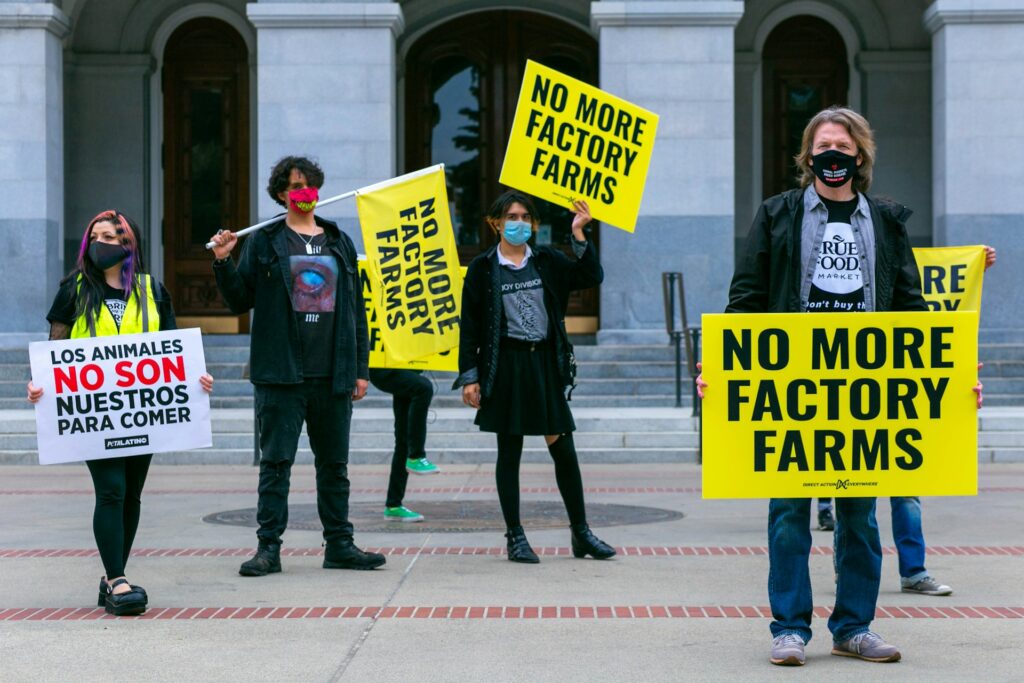
From climate change and biodiversity loss to pollution and antibiotic resistance, factory farming affects all of these things. It’s a system built on efficiency at all costs, often ignoring the wider consequences for people, animals, and the planet. Its impact extends from the food on our plates to the air we breathe and the water we drink.
But change is possible. Every meal is a choice, and every policy shift has the potential to move us toward a more resilient, humane, and sustainable food system. By supporting better farming practices, reducing meat consumption, and demanding transparency from producers and governments, we can start to dismantle a model that is no longer fit for purpose.
The future of food doesn’t have to cost us the Earth. But it does require collective action, informed choices, and a willingness to question the systems we’ve come to accept. A food system that nourishes people without destroying the planet is not a fantasy. It’s a goal we can work toward, together.